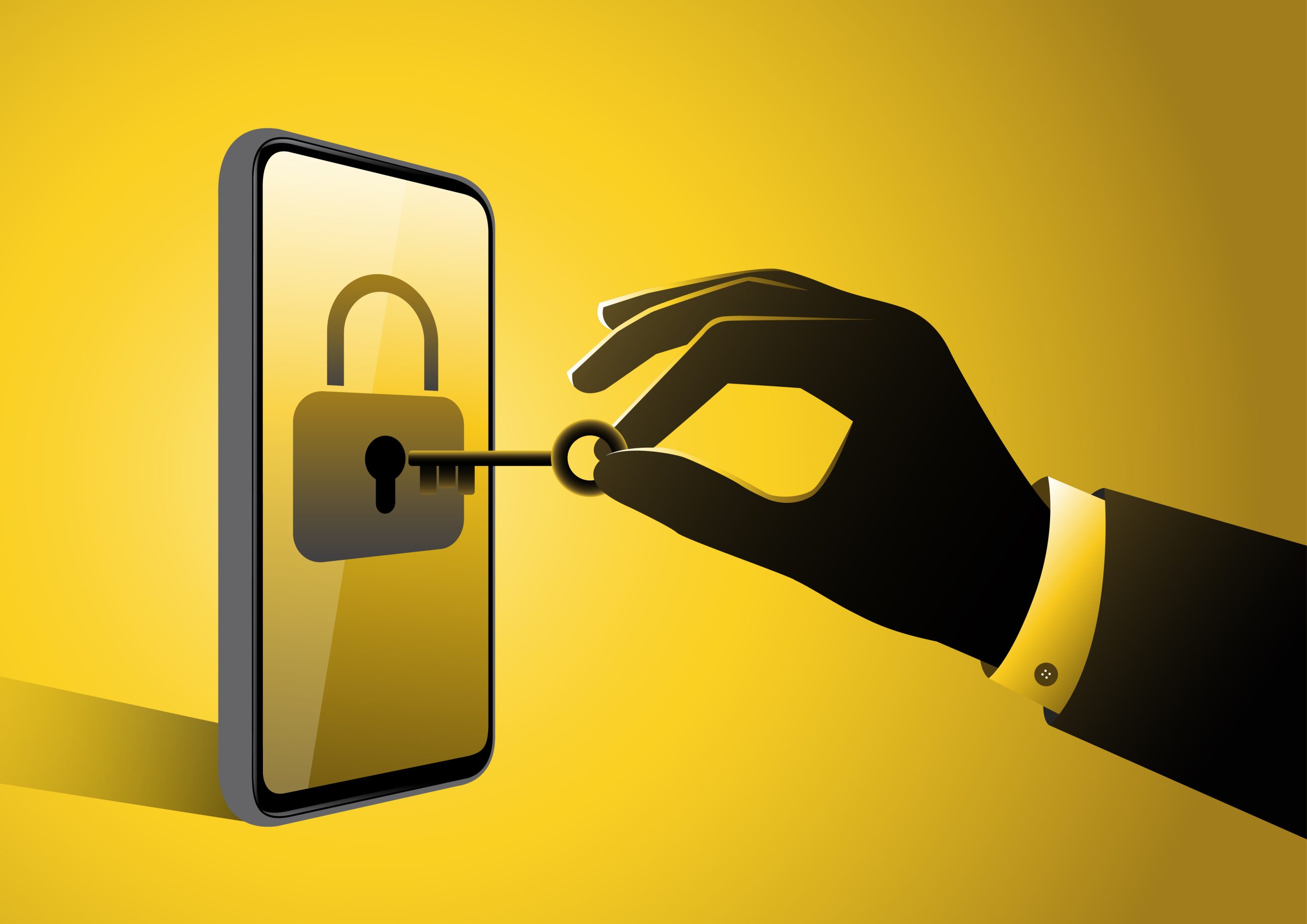In today’s digital age, online banking offers unparalleled convenience and accessibility, allowing us to manage our finances with ease from virtually anywhere. However, while the convenience of conducting banking transactions on the go may be tempting, it’s essential to exercise caution, particularly when using public Wi-Fi networks. In this article, we’ll delve into the reasons why experts recommend avoiding online banking on public Wi-Fi and the potential risks associated with this practice.
Opening the Door to Hackers
Public Wi-Fi networks, such as those found in cafes, airports, hotels, and libraries, are inherently less secure than private, password-protected networks. These networks are often unencrypted, meaning that data transmitted over them is vulnerable to interception by hackers. By eavesdropping on public Wi-Fi networks, cybercriminals can capture sensitive information, such as usernames, passwords, and account numbers, transmitted between your device and the banking server, putting your financial information at risk of theft or fraud.
Man-in-the-Middle Attacks
One of the most significant risks of conducting online banking on public Wi-Fi is the threat of man-in-the-middle (MITM) attacks. In a MITM attack, a cybercriminal intercepts communication between your device and the banking server, allowing them to eavesdrop on sensitive information or modify data packets in transit. By exploiting vulnerabilities in the public Wi-Fi network, attackers can insert themselves into the communication chain, posing as legitimate endpoints and tricking users into divulging their login credentials or other confidential information.
Taking Control of Your Account
Another danger of using public Wi-Fi for online banking is the risk of session hijacking, where an attacker gains unauthorized access to your banking session and assumes control of your account. By intercepting your session cookies or authentication tokens, attackers can impersonate you and perform unauthorized transactions on your behalf. This could include transferring funds, changing account settings, or even locking you out of your own account, leaving you vulnerable to financial loss and identity theft.
Infecting Your Device
Public Wi-Fi networks are also a hotspot for malware distribution, with cybercriminals leveraging these networks to infect unsuspecting users’ devices with malicious software. By exploiting security vulnerabilities in your device or the network itself, attackers can deliver malware payloads that steal sensitive information, log keystrokes, or gain remote access to your device. Once infected, your device becomes a conduit for cybercriminals to access your online banking credentials and perpetrate fraud or identity theft.
Setting Up Fake Networks
In addition to the inherent security risks of public Wi-Fi networks, cybercriminals may also set up rogue hotspots or fake networks designed to mimic legitimate Wi-Fi networks. These rogue hotspots may have names similar to those of trusted networks, such as “Free Wi-Fi” or “Airport Wi-Fi,” enticing unsuspecting users to connect. Once connected, attackers can intercept and monitor all traffic passing through the network, including sensitive banking information, putting users at risk of data theft and financial fraud.
Compromising Confidentiality
Even if a public Wi-Fi network is encrypted, there’s still a risk that data transmitted over the network could be intercepted by cybercriminals using sophisticated hacking techniques. By exploiting vulnerabilities in encryption protocols or network configurations, attackers can decrypt encrypted traffic and access sensitive information, compromising the confidentiality of your online banking transactions and exposing you to the risk of identity theft or financial fraud.
Best Practices for Safe Banking
Given the myriad risks associated with online banking on public Wi-Fi, it’s crucial to adopt best practices to safeguard your financial security. Whenever possible, avoid conducting banking transactions on public Wi-Fi networks and opt for secure, private networks instead. If you must use public Wi-Fi, consider using a virtual private network (VPN) to encrypt your internet traffic and protect your data from prying eyes. Additionally, ensure that your devices are equipped with up-to-date security software and enable multi-factor authentication for an added layer of protection. By prioritizing security and exercising caution when banking online, you can mitigate the risks of falling victim to cybercrime and protect your hard-earned money from exploitation.
